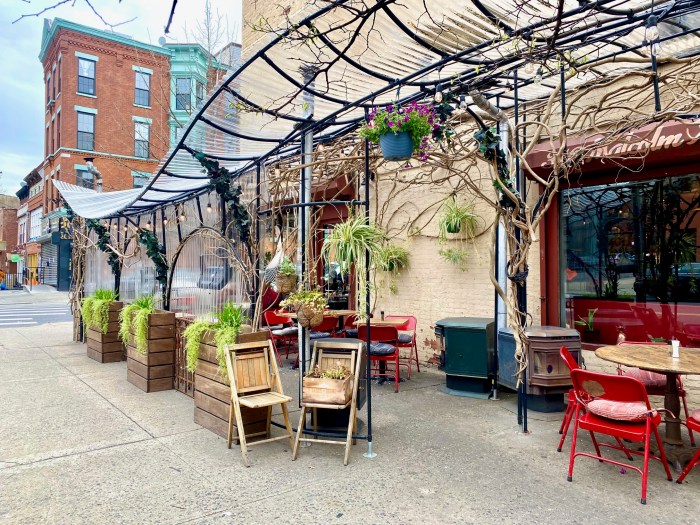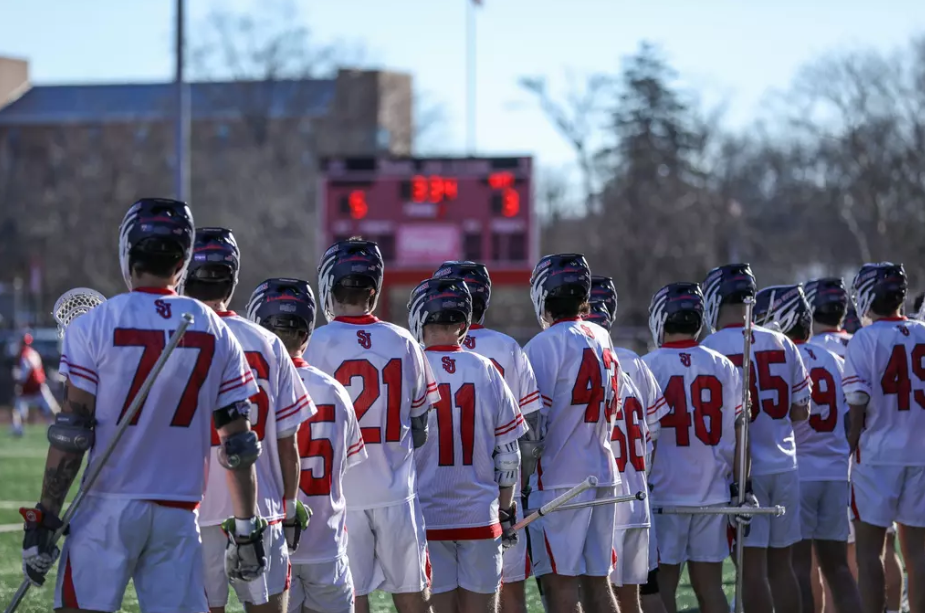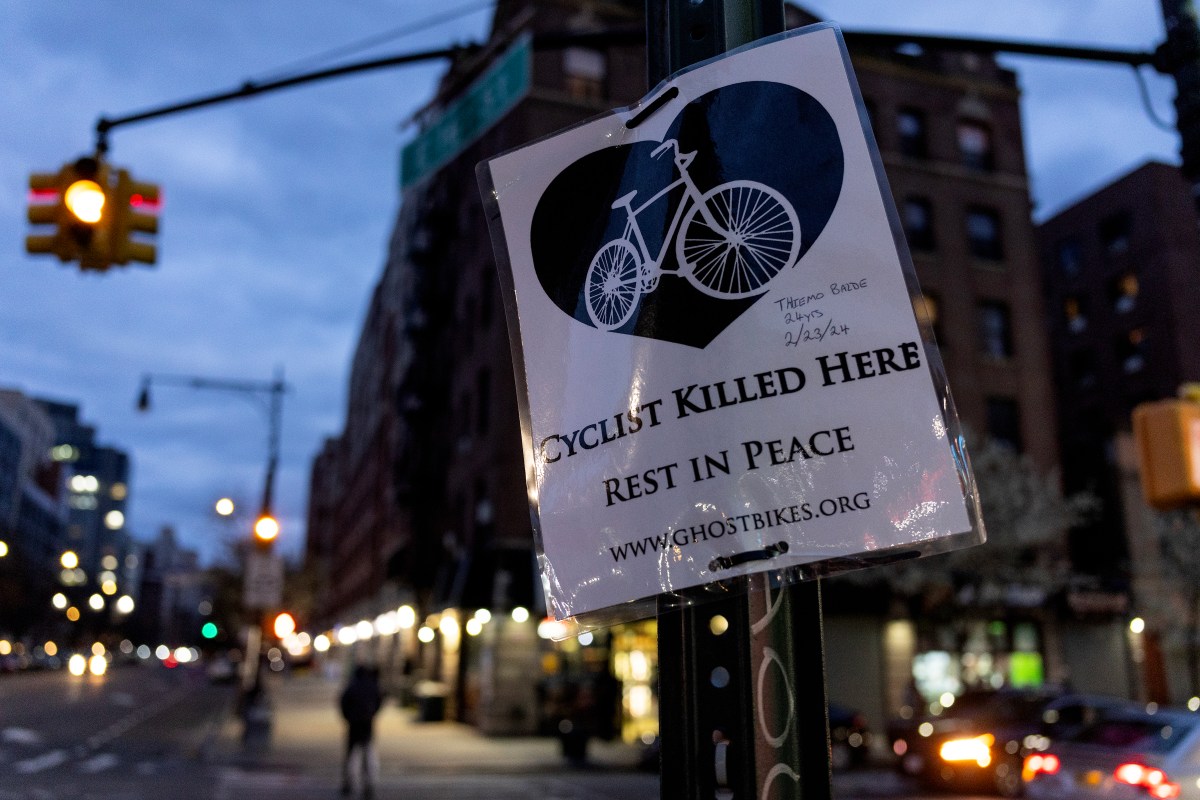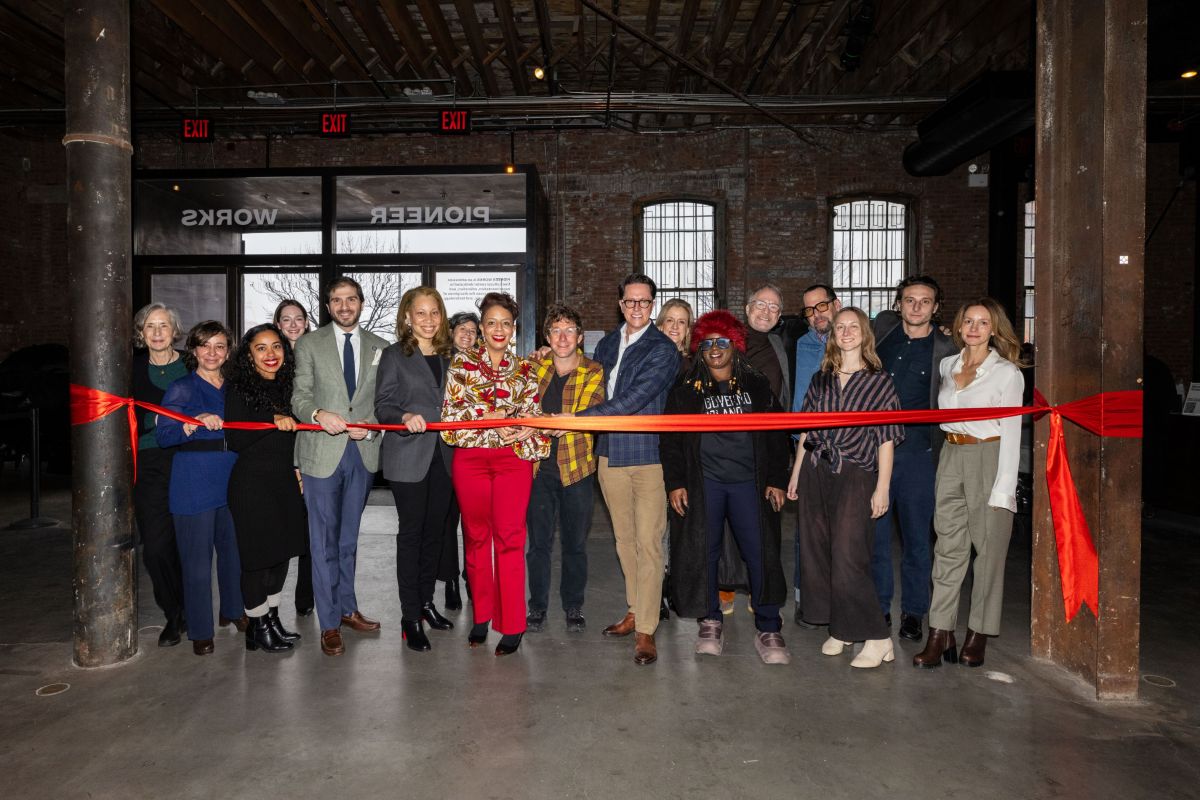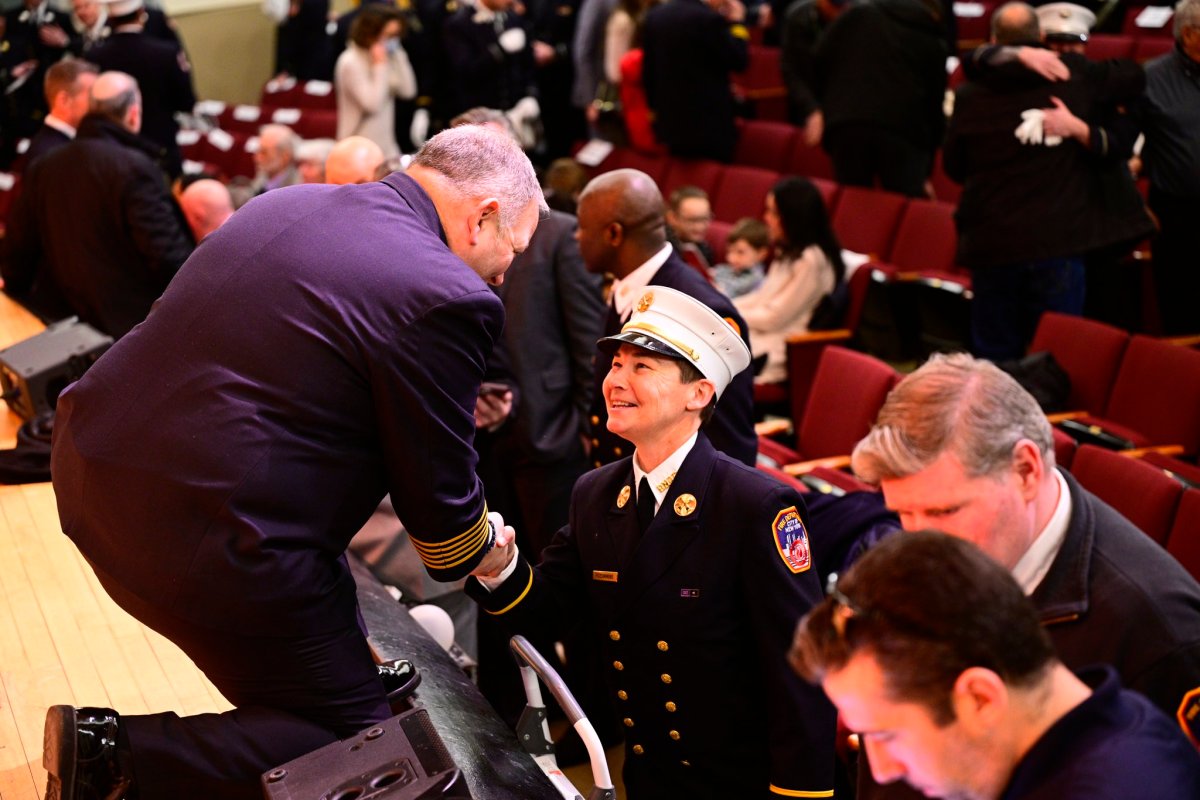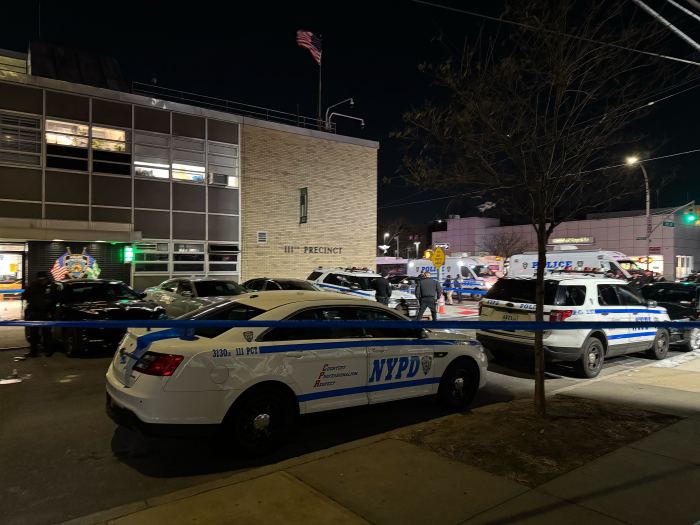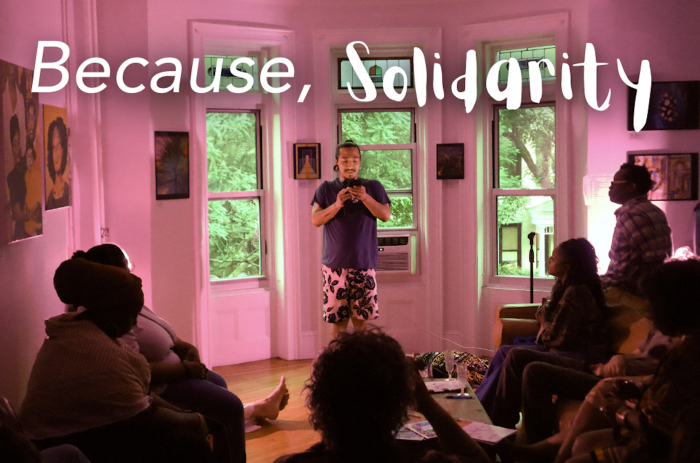
Someone is intentionally destroying your commute.
One nefarious person — or maybe a group of people — is surfing on top of trains, pulling emergency brakes and dashing off onto the tracks only to repeat the process on a train down the line.
Activating a train’s emergency brakes grinds service to a halt, and the perpetrator is sometimes striking at the busiest time of day — the evening rush hour, delaying thousands of commuters over recent months and possibly even years, according to MTA officials.
“This is not an isolated incident and may have been happening for several years,” said MTA Chairman Pat Foye at a board meeting Wednesday, announcing that the MTA and the NYPD have launched an investigation into the criminal activity. Foye asked commuters to keep alert and report any suspicious activity.
There are plenty of other reasons why the subways have floundered, reasons that the MTA is trying to address — faulty track equipment, an ancient signal system and plain bad management — but the idea that there are New Yorkers deliberately messing with train movements has alarmed officials.
The cruel brake-pullers involved in these incidents are accessing brakes located in restricted train cabs from the backs of the train, according to NYC Transit President Andy Byford. They’re mostly striking in Manhattan and Brooklyn, on the 2 and 5 subway lines, and the suspect (or suspects) are suspected to be male. Jalopnik first reported the news Wednesday.
“We think they’ve got keys. You couldn’t just walk in; you’ve got to have keys,” said Byford. “This is stupid. It’s dangerous. It’s selfish, and it’s got to stop.”
The offenders are criminals who could face charges of criminal tampering, reckless endangerment and obstructing governmental administration, according to the MTA. They’re also “morons,” according to Byford, who vowed to bring the full weight of the law down on the offenders.
“We’re going to be investigating as reckless endangerment,” said Dermot Shea, the NYPD’s chief of detectives. “We’ll go from there. It’s not something that I would categorize as common, but it poses a danger and a risk to people. We will investigate it accordingly. And we’ll go from there to determine what the motive is. “

There are emergency brakes located in each train car, both among the riding public and within a locked train cab. When a brake is pulled, the train is stopped and cannot begin moving again until the authority investigates the situation. Because of the interconnectivity of the subways, a pulled emergency break could ripple across the system and stall service along multiple lines.
“When you activate the emergency brake the train can stop very suddenly, someone could get hurt just falling over,” said Andrew Albert, an MTA board member. “It’s bad for service and it’s bad for the health of riders. Someone could get killed.”
It’s not immediately clear how many incidents of activated emergency brakes could be traced to these villainous commuters, or when exactly they began tugging the MTA’s chains. Byford said a “pattern is emerging” where through MTA and police reports they’ve noticed links between mysterious train brake activations and unauthorized people on the tracks. The result is a “double-whammy” of delays stemming from the stopped train and cut track power, Byford said.
Seven MTA incident reports obtained by amNewYork appear to match up with MTA officials’ comments. The reports, dating between March 29 and May 15, detail that the brakes were being pulled from broken-into cabs at the end of each train.
On May 8, three 2 trains had their emergency brakes pulled in such a fashion in about an hourlong window. The brakes were pulled roughly between the Sterling Street and President Street stations in Brooklyn. Those three incidents resulted in 67 late trains, according to the reports.

Riders on the 2 line fumed when alerted to the rotten behavior. They struggled to comprehend how someone could get such pleasure from such depravity.
“I think that’s awful, it’s absolutely awful,” said Kendall Mullins, 20, from Crown Heights.
“That’s horrible. That’s insane,” said Erica Blair, 28, Hunts Point. “How are they even getting the keys?”
One rider suggested removing emergency brakes and making them only accessible to the train conductor, who rides along with the train operator in most MTA subways. Albert said the incidents might be what inspires a review of brake access, but Byford did not go so far in his comments.
“There are reasons why emergency brakes were amended over the years — precisely because of this kind of abuse,” said Byford. “I mean obviously you still want the ability to raise emergency in a car if you need to.”
Whatever satisfaction the brakers are getting from their mayhem, commuters were left disappointed yet again.
“I would hope there would be more security for something that provides transportation for millions of people,” said Nida Abbasi, 32, from Crown Heights.
Read more: Queens Bus Redesign Plan Coming Next Year




